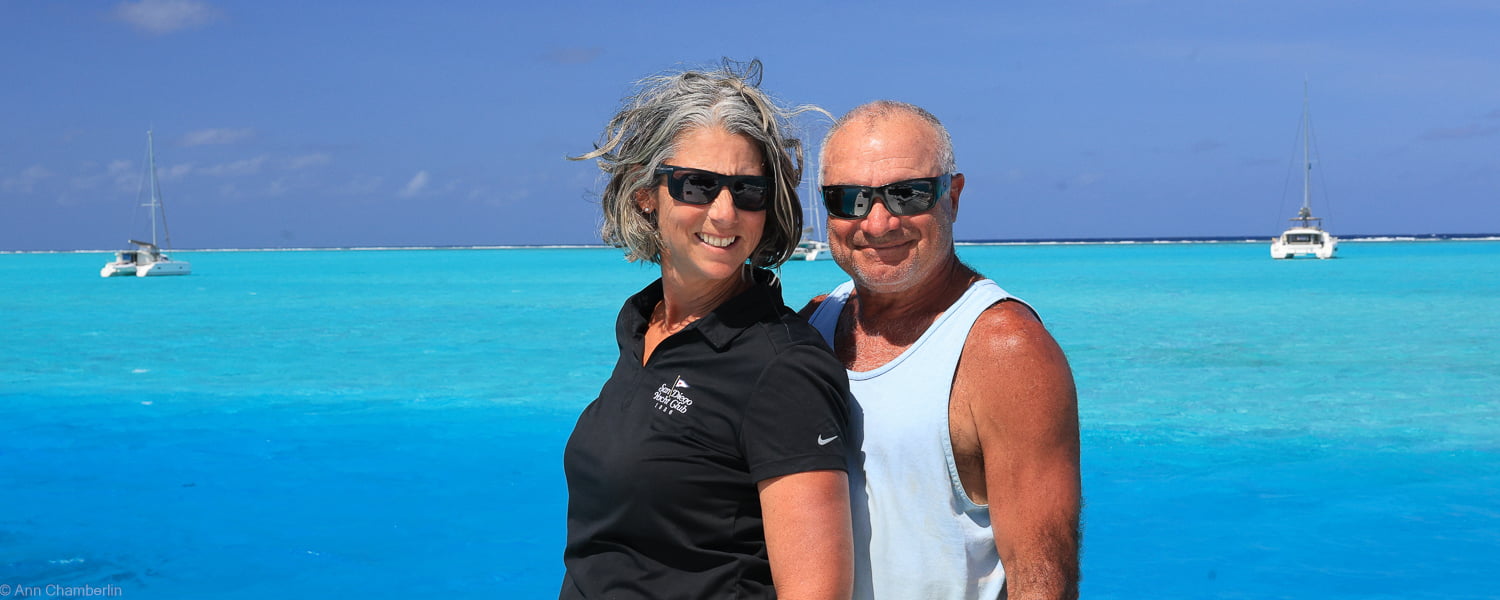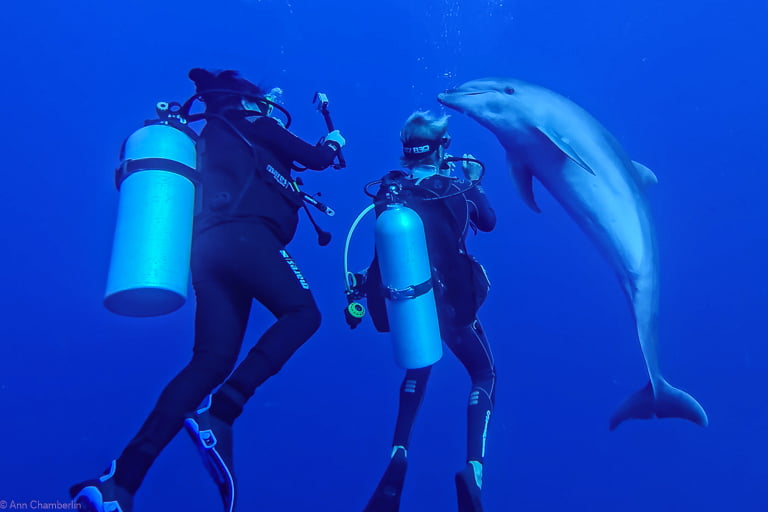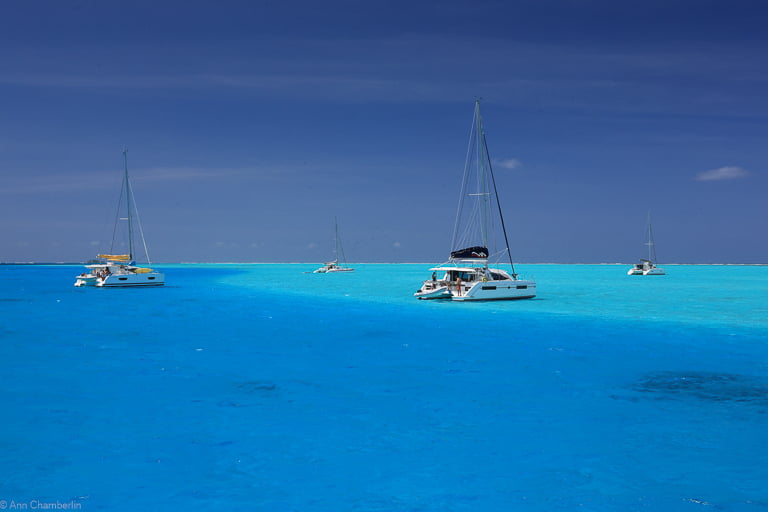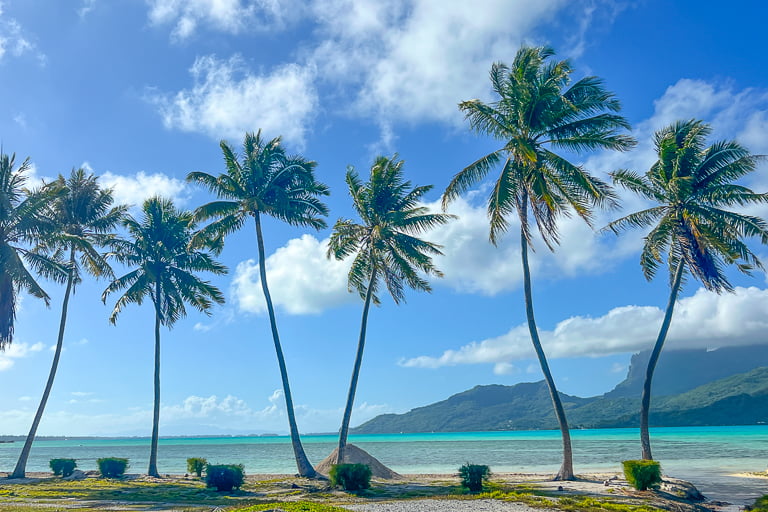In general, the food in French Polynesia is good, but not great, and very expensive. Except for mangoes and coconuts, virtually everything else must be imported. Fresh fruits and vegetables are scarce, and meat is frozen and comes from a long way away. The exception, of course, is fish. But even here, there is a limited variety of edible fish available.
Once you get past knowing that the cheapest thing you’re likely to find in any restaurant is a $25 hamburger, you’ll find that on any given island, most restaurants offer a very similar menu with similar prices. Do a little research ahead of time to see which ones get the best reviews and proceed accordingly.
Note: cow’s milk is hard to find. If you order a coffee with milk, you may get unsweetened coconut milk in your coffee.
Some of the restaurants that we tried and can recommend:
Papeete
Slice. If you’re looking for something other than local cuisine, Slice has excellent pizza.
Bora Bora
Bora Bora Yacht Club. Delicious food on the waterfront.
Bora Bora Beach Club. They are owned and operated by the same people as the Yacht Club. Free taxi transfers are available between the 2 locations.
Raiatea
Hôtel Raiatea Lodge. A lovely classic hotel. The food was beautifully prepared and presented.
Fish & Blue. We didn’t eat there, but it was recommended by other sailboat cruisers we talked to.
Restaurant Villa Ixora. This was easily the best meal of our entire trip. The beef, pork and risotto were all amazing.
Restaurant La Voile d’Or. A casual place on the water in Apooiti marina. Ann says their poisson cru was the best she had on the trip.
Taha’a
Le Ficus. A casual restaurant with a combination of French and local cuisine. The buffet dinner includes 8 or so dishes for about $50 per person.
Huahine
Hotel Le Mahana. Located in the nicest hotel in the south end of the island, we enjoyed delicious burgers and sweet potato fries at this serene seaside restaurant.
Huahine Yacht Club. This is THE place to watch the sun set, particularly on Friday nights, when all the yacht cruisers come ashore for happy hour and live music. The food is good. Reservations are strongly encouraged.
Fakarava
Rotoava Grill. One of only a handful of restaurants on the island, and the only one open on Sunday. A casual restaurant serving grilled sandwiches and cru.
Rangiroa
Les Relais de Joséphine. Run by a couple of retirees from the Paris restaurant scene, they offer delightful lunches and authentic bistro food, which is available to non-guests. Reservations are required for dinner. Sitting on the edge of the Tiputa Pass, It is also the perfect spot to have a cocktail and watch the dolphins play in the waves an hour before sunset.
Pizzeria Moanatea. Good pizza that is an affordable option to hotel restaurants.
Raira Lagon Hotel. Nice snack bar with delicious baguette sandwiches. They also have an extensive cheese counter.
Chez Rua. A food truck on beach. Recommended by fellow travelers for the food and watching sunsets.




